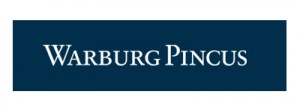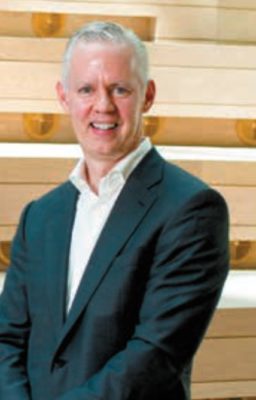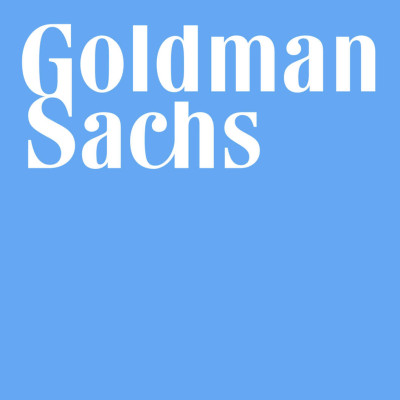Our Global Masters of Finance class concluded our trip to New York on a beautiful day. Before touring Wall Street, we had two speakers from the Private Equity (PE) sector and one from high-frequency trading. Their knowledge and experience impressed us very much and triggered our further interests in the industry and real business world.
First, Scott Budoff of Saw Mill Capital gave us a lecture about how different types of PE funds operate and the strategies they employ. To differentiate Saw Mill Capital from other PE funds, they focus on the lower-middle market, which means the business has $50 million to $250 million revenue.
Saw Mill also focuses resources on adding value to the company. Budoff believes this is much more important than the sourcing and transitioning of the deal. Budoff also talked about how to motivate people with a base salary and a transparent bonus system.
After the presentation, Mr. Budoff was kind enough to answer a specific question about how to motivate employees in a non-profit organization. He believed that they should screen out employees that work only for money and noted that the motivation should come from their satisfaction of doing what they really wanted to do. In the meantime, organizations should give an additional 10% bonus if the employees have really done a great job. Five minutes spent with Mr. Budoff helped solve a complex problem. It’s a wonderful experience with professionals from different industry backgrounds.
 The next presentation came from Jim Wilson and Dr. Ruediger Stuecke from Warburg Pincus. Mr. Wilson not only gave us insights of Private Equity from a more comprehensive perspective, in terms of strategy, geographic and industrial focus, but also shared how Warburg Pincus operates on a global basis for sourcing deals, diversification, and risk management.
The next presentation came from Jim Wilson and Dr. Ruediger Stuecke from Warburg Pincus. Mr. Wilson not only gave us insights of Private Equity from a more comprehensive perspective, in terms of strategy, geographic and industrial focus, but also shared how Warburg Pincus operates on a global basis for sourcing deals, diversification, and risk management.
Mr. Wilson also offered advice on how young Masters of Finance graduates can differentiate themselves to get into the PE industry and stand out.
We also learned about Warburg Pincus’ portfolio composition and its identity as a growth-oriented investor, as well as how it generates value for investors. Lastly, he shared with us how Warburg Pincus formulates investment theses.
In the afternoon, we were honored to hear from Washington University alumnus, Mark F. Dehnert, BSSSE ’89, MBA ’89, who serves as Partner and Managing Director in Goldman Sachs Execution & Clearing, L.P. He joined the Hull Group, now part of Goldman Sachs, as a Financial Engineer in 1992.

Mark F. Dehnert, BSSSE ’89, MBA ’89 was honored as an Olin Distinguished Alumnus in 2015
Mr. Dehnert talked about the relationship between hardware and algorithm. Speed-oriented strategy would not last long; on the contrary, algorithms have the greatest influences on value creation. Obviously it’s better to take advantage of both in high frequency trading.
With respect to the phenomenon that issuing volume is increasing much faster than trading volume in China, Mr. Dehnert offered his comments that the Chinese secondary market is still illiquid, as companies could suspend themselves when the market is not doing so well.
At the end of the day, in order to give us an institutional taste of finance and America’s history of financial institutions, we were led on a walking tour of Wall Street to learn more about the iconic buildings. We were fascinated by the history as well as the architecture.

Guest Bloggers: Siyuan Ma, Anqi Guo, Qinyu Pan, Jingbo Yang (GMF 2016)
This is a series of blogs chronicling the experiences of 41 Global Master of Finance (GMF) dual degree students during their two week immersion course in New York and Washington, DC. Each blog will be written by a small subset of students during their experience.





